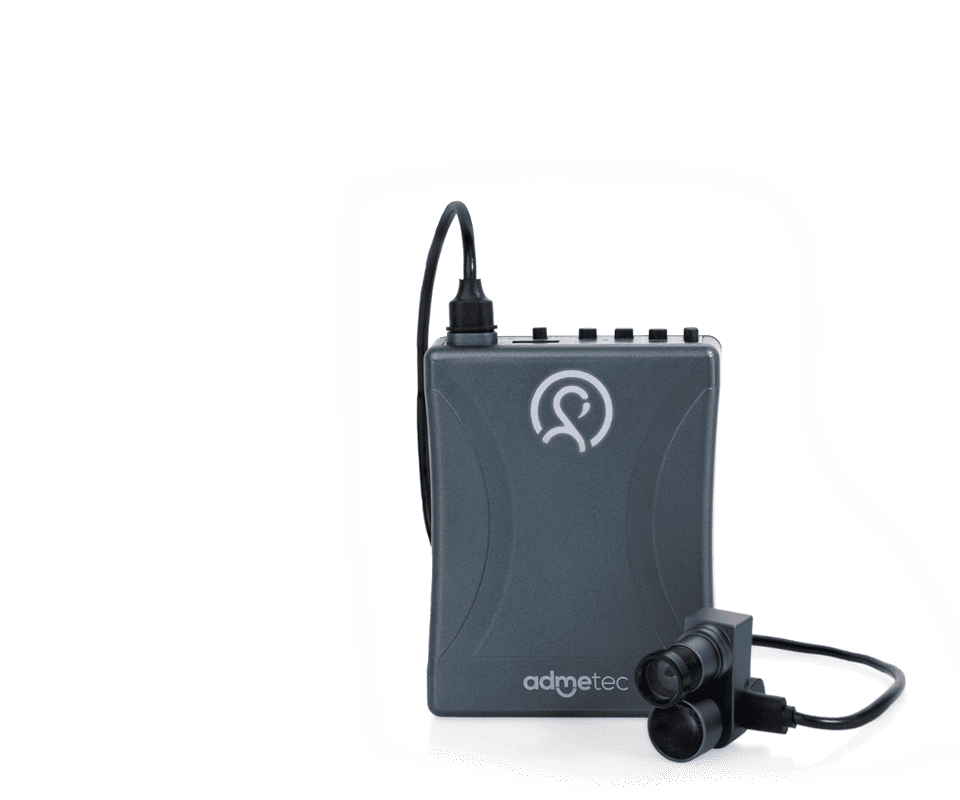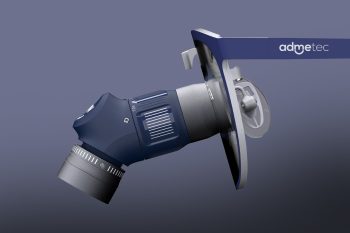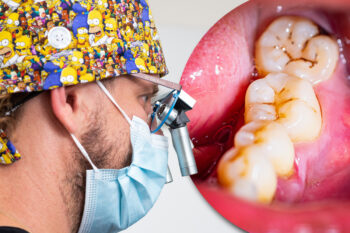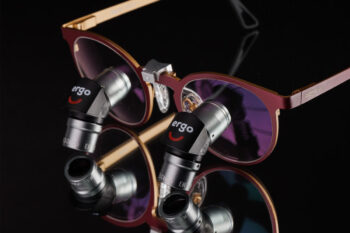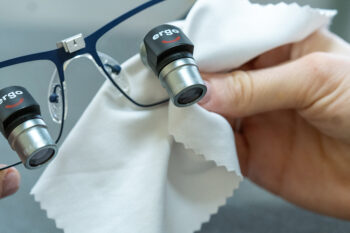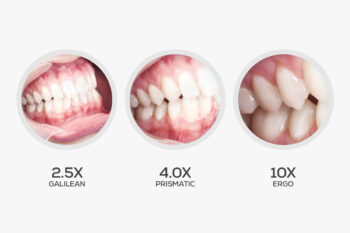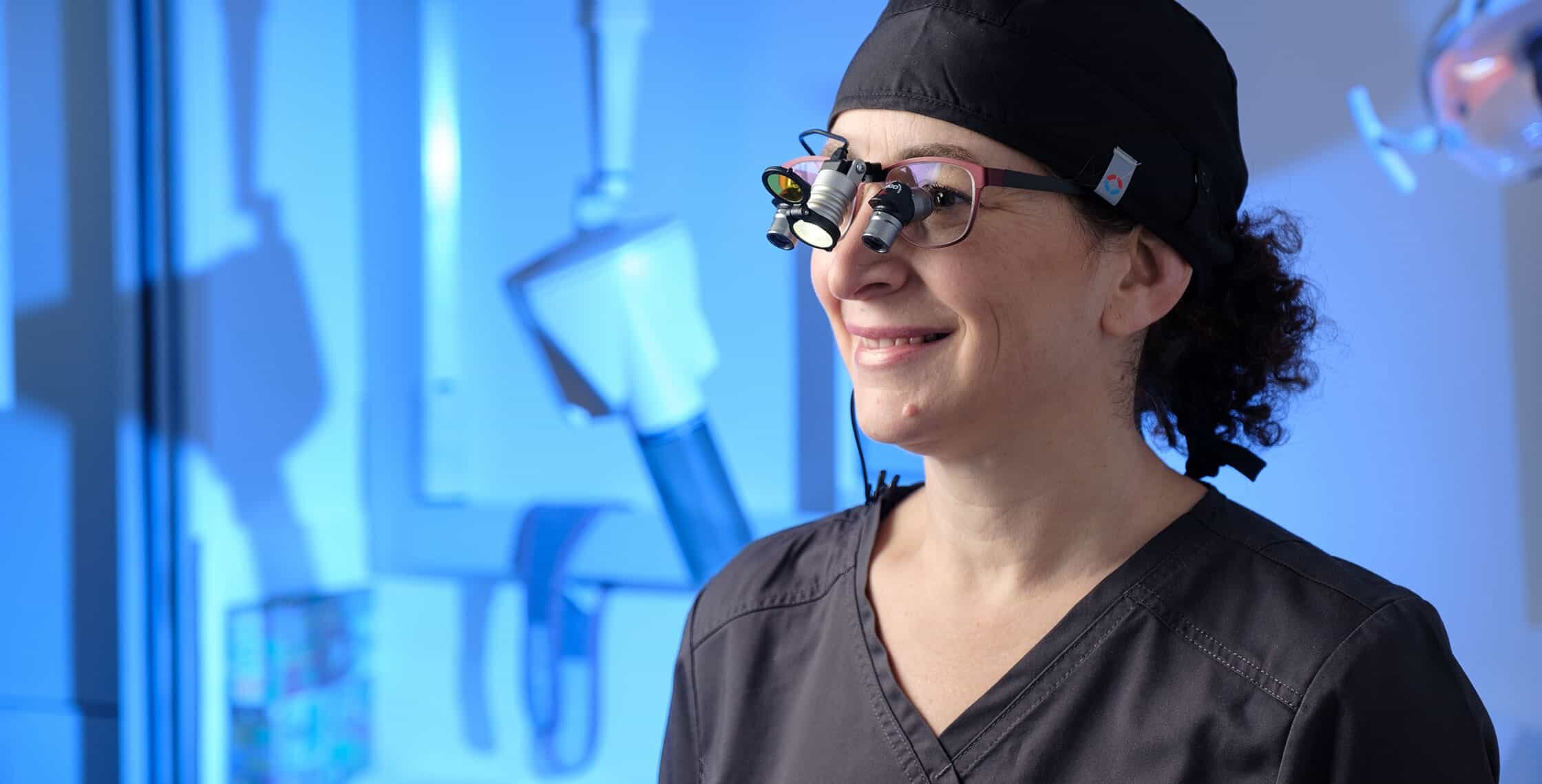
Hadas Heller, a prosthodontist who has practiced dentistry in her native Israel for more than 20 years, had a long-standing issue common to many dentists: chronic occupational neck and back pain. To mitigate the throbs and aches, she tried everything from swimming to shiatsu before realizing that the best approach was addressing the issue at its source with preventive, preemptive care.
To that end, Dr Heller has advice to fellow dentists hoping to protect themselves from injuries and pain associated with their spine-bending, neck-tilting, head-turning profession: The best way to significantly diminish the cumulative pain inherent to dentistry is to severely limit the bending, straining, and reaching that dentists do for hours on end while treating patients. Simply put, if doing something intensely and repeatedly causes pain, the solution is to not do those things as much. “Prevention is the best medicine, and ergonomics matter,” she explains.
For years, Dr Heller used conventional Galilean loupes. She’d grown accustomed to pairs with magnification in the ×2.5 to ×2.8 range. But unfortunately, she’d also grown accustomed to being in pain. Three years ago, she decided that enough was enough.
“A colleague had a pair of new ergonomic loupes from a company here in Israel called Admetec,” she recalls. It was spring 2020, the onset of COVID-19 lockdowns. “It turned out to be the best thing that happened to me during that terrible year.”
Ergonomic loupes such as Admetec’s Ergo combat pain and musculoskeletal disorders by enabling a healthy working posture. The through-the-lens deflection loupes provide a real declination angle up to 60°, enabling an upright working position. This more natural way to work substantially reduces stress on the head, neck, back, and shoulders.
Benefits of the loupes are also progressive. Using Ergo loupes intuitively and subconsciously trains clinicians to maintain correct head positioning and posture, protecting their health and well-being over time.
Dr Heller quickly became comfortable with the Ergo loupes. Despite using conventional loupes for well over a decade, she soon adjusted to the new vantage points her healthier, upright working position provided.
“It took only a few weeks to adapt to the new, more ergonomic practicing posture,” Dr Heller explains. “Introducing any new tool into your professional life, especially one involving your vision, takes a period of adjustment, but it quickly became a new normal.”
Dr Heller also instructs aspiring dentists, specifically fifth- and sixth-year dental students just starting their patient care careers. “By the time I begin working with them, most have already been using conventional loupes for a year or more,” she says. “My advice to them is to switch to Ergo loupes. Other loupes can provide the magnification a practitioner needs, but ergonomic loupes minimize the risk of cumulative trauma and subsequent occupational chronic pain, and this benefit is priceless.”
Dr Heller usually recommends a ×3 Ergo model for students. “They can see a wide field of view and begin their careers with a healthy working position. This will help them develop correct habits and mitigate aches and pains that accumulate over time and become exacerbated by age,” she says.
Three years into switching to ergonomic loupes, Dr Heller reports, “My physical ailments have been greatly diminished.” Her only regret is that she didn’t discover Ergo loupes sooner—a point she is sure to convey to her dental students with an apt example.
“Students need to take the long view into consideration,” Dr Heller explains. “We don’t question why we exercise or eat healthy—or, to circle back to dentistry, brush our teeth—so why should we question taking care of our bodies over the course of a decades-long career?”
Hadas Heller practices at a private clinic in Ra’anana and teaches at the dental program at Tel Aviv University, both in Israel.
Published on:
Dental Products Report








